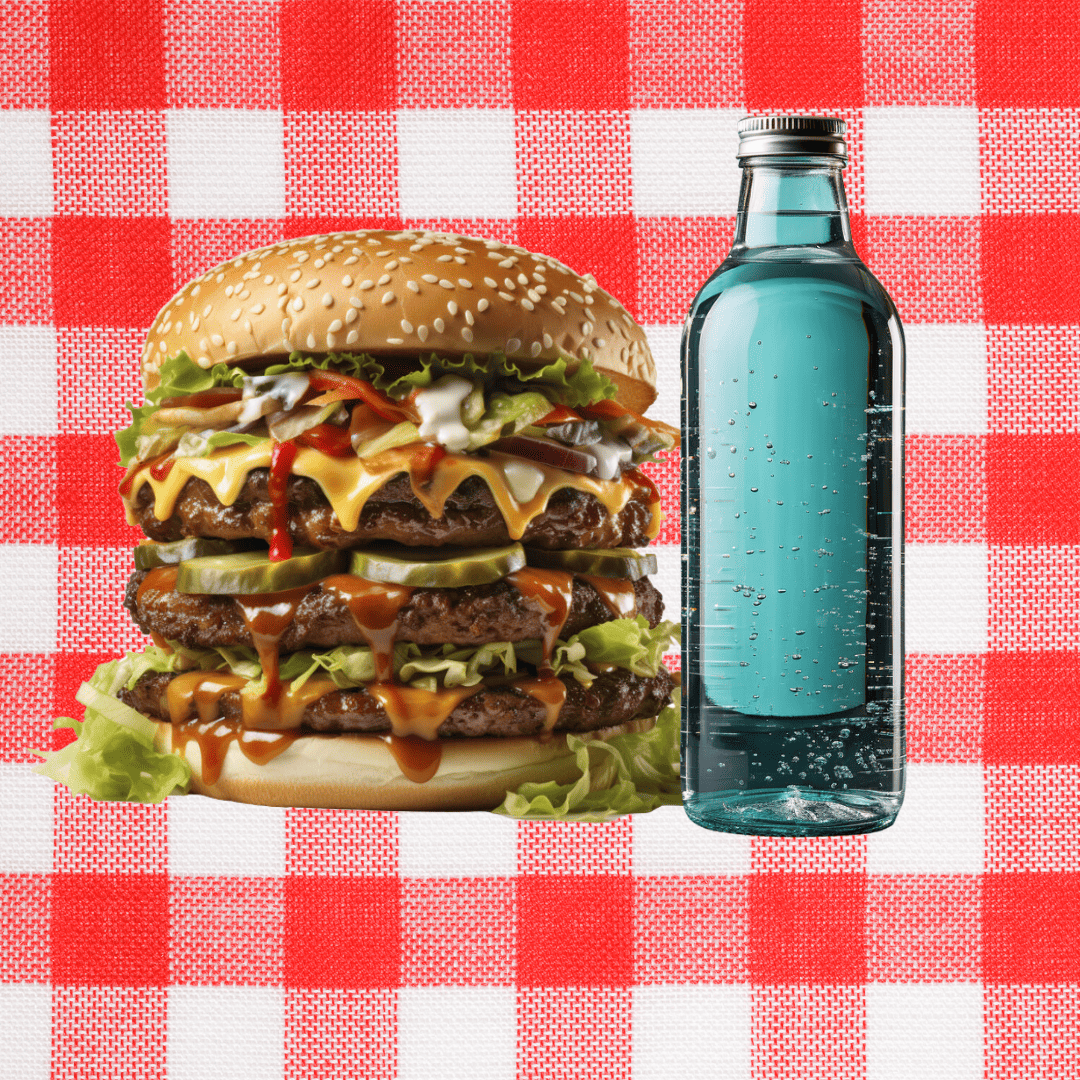Food and Beverage, an incredibly broad and diverse field, is more than just about what we eat and drink. It’s about culture, traditions, creativity, and the sensory experience. From home cooking and restaurant dining to international cuisines and beverage pairings, this field encompasses a wide range of topics and caters to a diverse audience.
Given the universal appeal of food and drink, and the ever-growing interest in cooking, dining, and nutrition, the Food and Beverage sector is an excellent area for blogging. Trends such as farm-to-table, food sustainability, plant-based diets, and craft beverages have further expanded the scope of this field.
Delving deeper into specific niches within Food and Beverage, ‘Home Cooking’ is a significant area with sub-niches like ‘Quick and Easy Recipes’, ‘Healthy Cooking’, ‘Baking Basics’, or ‘Meal Prep Guides’.
‘International Cuisines’ is a niche that explores food culture globally. A blog could focus on ‘Italian Pasta Dishes’, ‘Indian Street Food’, ‘Japanese Sushi Making’, or ‘Mexican Cuisine History’.
The ‘Wine and Spirits’ niche caters to beverage enthusiasts and could dive into ‘Wine Pairing Guides’, ‘Craft Beer Reviews’, ‘Mixology and Cocktail Recipes’, or ‘Coffee Brewing Techniques’.
‘Vegan and Vegetarian Food’ is a growing niche, reflecting the shift towards plant-based diets. Sub-niches here could include ‘Vegan Recipe Development’, ‘Vegetarian Meal Plans’, or ‘Plant-based Nutrition Tips’.
The Food and Beverage field, with its rich variety and universal appeal, offers a plethora of niche opportunities for bloggers. Whether you’re sharing your grandmother’s secret recipes, exploring the culinary delights of different cultures, guiding readers through the world of wines, or promoting vegan cooking, there’s a niche in this field for every food and beverage enthusiast.
The Food and Beverage Niche
Blogging about food and beverage allows you to explore the culinary world, share delicious recipes, and discuss various aspects of food and drinks. Here are some blog post ideas to help you dive into the food and beverage niche:
- Recipe Collections: Curate recipe collections based on different themes or cuisines. Write blog posts featuring collections of breakfast recipes, quick and easy meals, comfort foods, international dishes, or recipes for specific dietary needs (e.g., vegetarian, gluten-free, keto-friendly).
- Cooking Tips and Techniques: Share cooking tips, techniques, and kitchen hacks to help readers improve their culinary skills. Write blog posts about knife skills, cooking methods, ingredient substitutions, or essential cooking equipment.
- Seasonal Ingredients and Recipes: Highlight seasonal ingredients and create blog posts featuring recipes that showcase the best produce of each season. Discuss the benefits of eating seasonally and provide recipe ideas using fresh, seasonal ingredients.
- Healthy Eating and Nutrition: Write about nutrition and healthy eating habits. Provide information on different dietary approaches (e.g., Mediterranean diet, plant-based diet), discuss the benefits of incorporating whole foods into meals, and share tips for meal planning and mindful eating.
- Food and Drink Pairings: Explore the art of food and drink pairings. Write blog posts that suggest wine pairings for different dishes, beer pairings for specific cuisines, or non-alcoholic beverage options that complement certain flavors.
- Cooking with Local Ingredients: Promote local produce and ingredients by creating blog posts that focus on recipes using locally sourced foods. Write about farmers’ markets, local farms, or community-supported agriculture (CSA) programs in your area.
- Baking and Dessert Recipes: Share baking recipes, tips, and techniques. Write blog posts featuring delicious cakes, cookies, pastries, or bread recipes. Provide step-by-step instructions, baking tips, and variations for different dietary preferences.
- Specialty Diets and Allergies: Cater to readers with specific dietary needs. Write blog posts about recipes and tips for individuals following a gluten-free, dairy-free, nut-free, or vegan diet. Offer ingredient substitutions and recommendations for allergy-friendly restaurants or food products.
- Food Travel and Culinary Adventures: Write about food travel experiences and culinary adventures. Share stories, reviews, and recommendations of local eateries, food festivals, or unique dining experiences. Explore different cuisines from around the world and provide insights into their cultural significance.
- Mixology and Cocktail Recipes: Dive into the world of mixology by sharing cocktail recipes, bartending techniques, and tips for creating signature drinks. Write blog posts featuring classic cocktails, seasonal libations, mocktails, or DIY cocktail ingredients like infused syrups or bitters.
Remember to engage with your audience by encouraging them to share their own recipes, experiences, and variations of the dishes you feature. Incorporate high-quality images and videos to make your blog posts visually appealing and mouth-watering. Foster a sense of community by responding to comments, hosting virtual cooking challenges, or inviting readers to submit their favorite recipes. Enjoy the process of exploring and sharing the culinary delights of the food and beverage world with your readers!
Food and Beverage Sub-Niches

